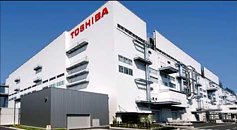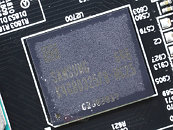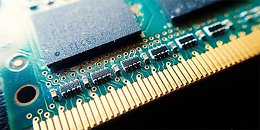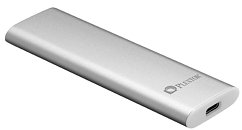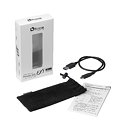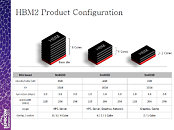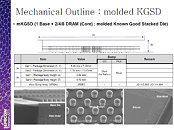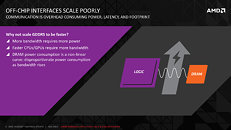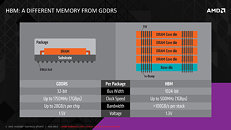
Toshiba Sells its Memory Business to Bain Capital for $18 Billion
Toshiba today announced that it has signed an agreement with a consortium led by Bain Capital to sell its memory business for JPY 2 trillion (approximately USD $18 billion). The consortium includes Korean memory giant SK Hynix, which contributed JPY 395 billion (nearly 20 percent) of the consortium's investment toward acquisition of Toshiba Memory Corp. Apple and Dell are the other members of the consortium.
Toshiba Corporation (erstwhile parent of Toshiba Memory Corp.) continues to hold a 40.2 percent stake, which along with another Japanese company, Hoya Corporation, holding a 9.9 percent stake, ensure that Japanese firms hold 50.1 percent of the business, keeping Japanese regulators happy. The Bain Capital-led consortium will hold a 49.9 percent stake, ensuring that Toshiba Memory Corp. stays afloat, and away from rival Western Digital, which has dragged Toshiba to a multitude of international courts and arbitrators. Apart from SK Hynix, the Bain Capital-led consortium includes Apple and Dell, who feared they would lose DRAM and NAND flash price bargaining power if Toshiba Memory fell in the hands of Western Digital, which owns SanDisk.
Toshiba Corporation (erstwhile parent of Toshiba Memory Corp.) continues to hold a 40.2 percent stake, which along with another Japanese company, Hoya Corporation, holding a 9.9 percent stake, ensure that Japanese firms hold 50.1 percent of the business, keeping Japanese regulators happy. The Bain Capital-led consortium will hold a 49.9 percent stake, ensuring that Toshiba Memory Corp. stays afloat, and away from rival Western Digital, which has dragged Toshiba to a multitude of international courts and arbitrators. Apart from SK Hynix, the Bain Capital-led consortium includes Apple and Dell, who feared they would lose DRAM and NAND flash price bargaining power if Toshiba Memory fell in the hands of Western Digital, which owns SanDisk.
